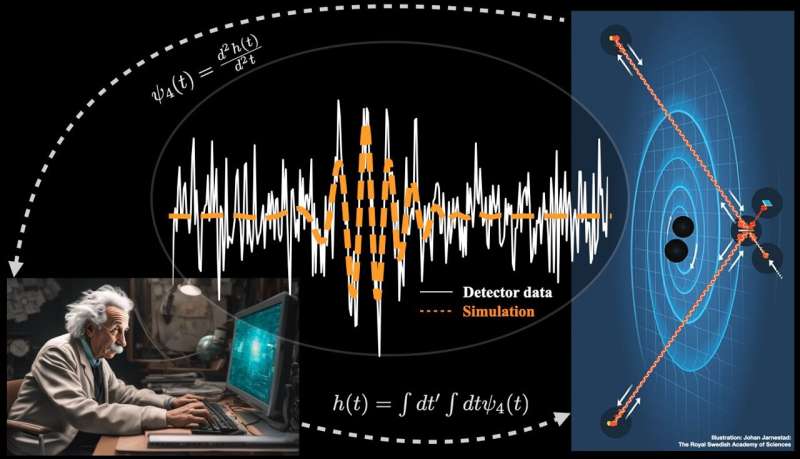
Neutron star mergers are a treasure trove for new physics signals, with implications for determining the true nature of dark matter, according to research from Washington University in St. Louis.
On Aug. 17, 2017, the Laser Interferometer Gravitational-wave Observatory (LIGO), in the United States, and Virgo, a detector in Italy, detected gravitational waves from the collision of two neutron stars. For the first time, this astronomical event was not only heard in gravitational waves but also seen in light by dozens of telescopes on the ground and in space.
Physicist Bhupal Dev in Arts & Sciences used observations from this neutron star merger — an ev...
Read More







Recent Comments